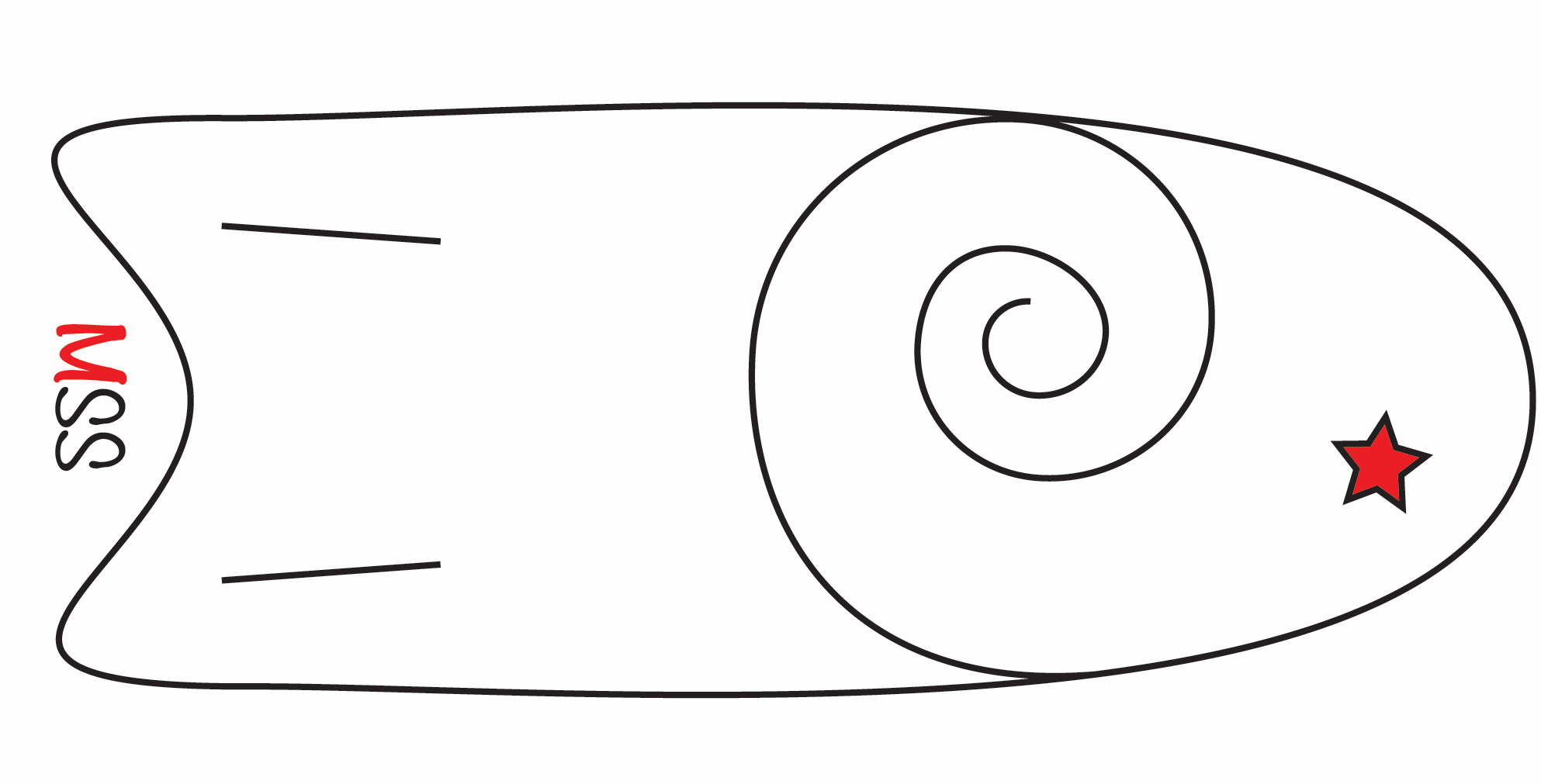 Bing Mini Simmons with Matt Calvani
Bing Mini Simmons with Matt Calvani
The word on the street for these surfboards is “simmons inspired designs.”
The exciting thing happening in the Mini Simmons world (or in any creative shaping bay) is that the evolution of the original Mini Simmons design concept is manifesting into unique interpretations.
Matt Calvani, currently shaping for Bing, has done some interesting tweaking on his Mini Simmons designs and we are going to examine his work in the article.
Adopting Simmons’ relatively flat rocker and S-deck design, Matt’s Bing Simmons design has a slight displacement and belly in the nose that goes into a flat and slight concave in the tail—we see a lot of guys doing this.
However, instead of following the traditional short length design, Matt found that by keeping the rails thin he could accomplish two critical design features:
- Keep the dimensions friendlier and slightly longer to enhance glide and paddle
- Despite its wide outline, the rider would be able to keep the board on a rail through turns, keeping the board maneuverable
Here are Matt’s dems:
|
Length
|
Nose
|
Width
|
Tail
|
Thick
|
| 5’2″ | 18 3/4″ | 21 1/2″ | 18 3/4″” | 2 1/2″ |
| 5’4″ | 18 3/4″” | 21 3/4″ | 18 3/4″” | 2 1/2″ |
| 5’6″ | 18 3/4″” | 22″ | 18 3/4″” | 2 5/8″ |
| 5’8″ | 18 3/4″ | 22 1/8″ | 18 3/4″ | 2 5/8″ |
| 5’10” | 18 3/4″” | 22 1/4″ | 18 3/4″ | 2 3/4″ |
| 6’0″ | 18 3/4″” | 22 1/2″ | 18 3/4″ | 2 7/8″ |
| 6’2″ | 18 3/4″ | 22 9/16″ | 18 3/4″ | 2 15/16″ |
| 6’4″ | 18 3/4″” | 22 3/4″ | 18 3/4″ | 3″ |
| 6’6″ | 18 3/4″” | 23″ | 18 3/4″ | 3″ |
I would go one step further than just thinner rails as Matt suggests, I’ve been making my rails with hard angles in the rear (traditional shortboard style) for explosive turns and deep carving. I start them just above the forward keel line and find this type of rail excellent for the Mini Simmons.
The other change Matt made is in the tail design. Matt adopted an arc tail making the board looser and more responsive (but most likely slower down the line).
For fins, instead of trying to use more fin surface area like the traditional half-moon templates to turn the board, he discovered that the smaller base and straightness of the Gephart template allowed the board to release a lot more off each turn.
Interesting changes, but not sure if I agree.
The wide square tail gives the Mini such a unique ride and not only allows for greater speed and surface area through turns but it also plays an important structural role in fin placement—that wide ass tail allows the shaper to place those keels far apart and gives the water a nice exit stage as it flies down the face.
More on fins here, but essentially less is better in my opinion. The same desired improvements Matt talks about with the Gephart template can be made with traditional keels by making them lower and wider. But try it and see how you like it.
You want a board that is right for your individual surfing style, not what is right for the shaper. The fun thing about shaping is learning what tweaks lead to a better surfing experience for you and your customers.






Add comment